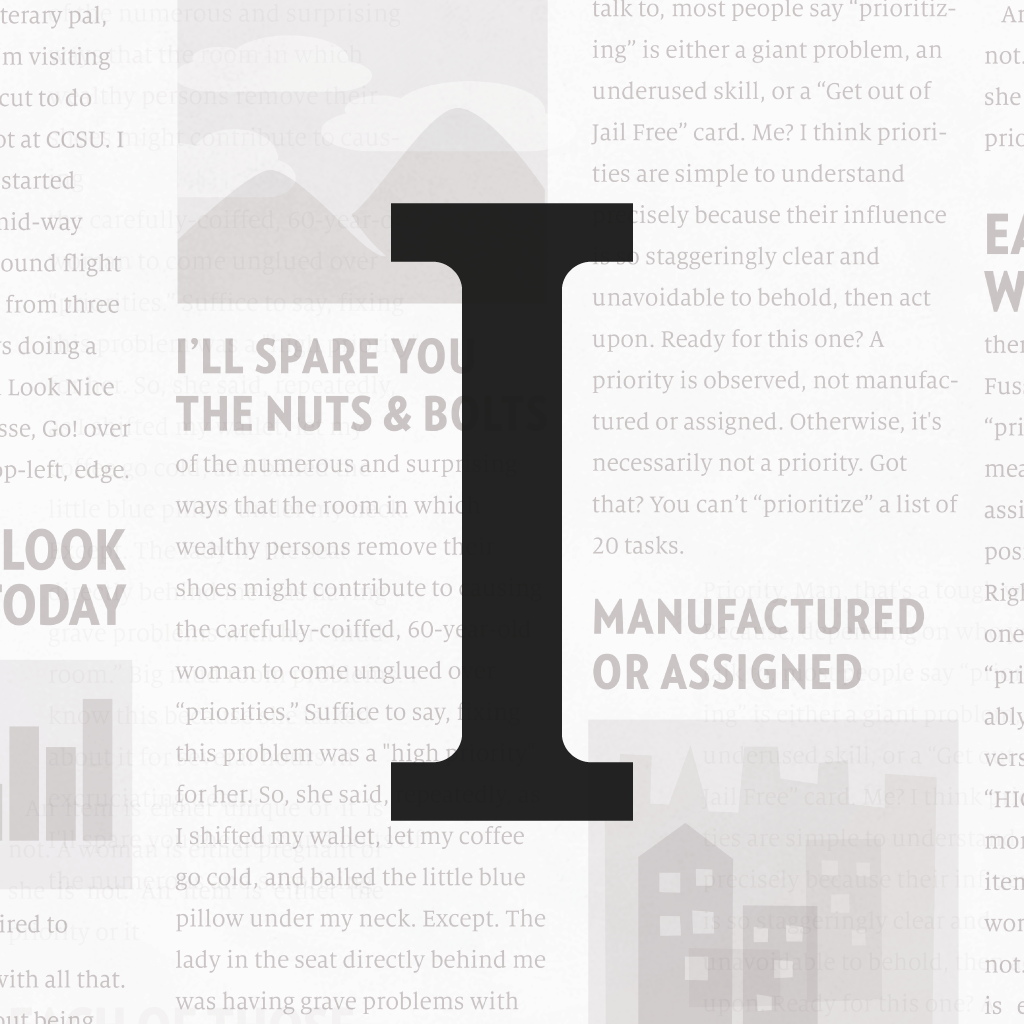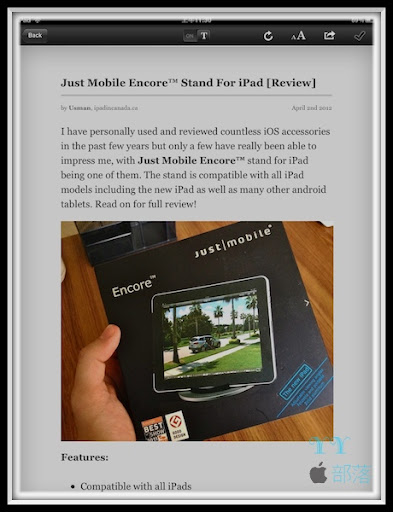
To the innate researcher and forever-student, this tool is essential. This is a fantastic tool for those who don’t want to overload their WiFi or who are travelers and are out of reach of The best thing about Instapaper, however, isn’t its ease-of-use and management-friendly application, but it’s the extra intuitive tools. Instapaper has a sophisticated, completely clutter-free appearance.
#Instapaper read later download#
If you go back and forth between browsers on your different devices, you can log in and download the respective extensions. An Instapaper icon will appear in your reader toolbar.
#Instapaper read later password#
It’s simple, just add your email and create a password and voila. All you need to do is download the app Instapaper. With Instapaper, you can “save anything,” “read anything,” and highlight and add notes, and much, much more.

#Instapaper read later android#
Instapaper has been around for a few years and is a popular content bookmarking tool for both iOS and Android devices. Instapaper: It’s All About the Highlights So why haven’t you already asked about such an app yet? Because, in fact, there are two apps that have been around for a few years, and with recent updates, they help you manage your read-it-later content so that you will indeed read them later. Technology is too advanced today not to offer this service. You should be able to save your articles (or videos and/or podcasts) to read (or view and/or listen) at your convenience and on any of your gadgets (phone, iPad, tablet, Kindle, computer, or other), and you should be able to find the exact article you want without hassle. But to what utility? Do you really go back and read them? How many of these articles did you actually save this way? Will you even find the article you want at the moment you want it, or will you have to scan and search endlessly because your list of to-read-later articles is way too long or seriously stress-inducing?įrom an IT tech perspective, there’s no reason this should happen. Both these processes, the tabbers or the bookmarkers, so to speak, get what they want: saved articles to read later. Some of us just bookmark it using the respective shortcuts offered by the various web browsers. Some of us just keep the tab open until there’s either too many open sites or your computer crashes. When we find good articles to read, we want them, but we don’t always have the time to read them right there. Though the information is vast, the sources are not always the most reputable or responsible. There is a wealth of information on the web. And the action is prompted by the right app. The reason: organization, or lack thereof. But reading the articles we save isn’t something we do as often. Saving articles to read later is something we do we save. Oh, and if something I need/want to read is “mission critical” I’m more likely to add it to a task list ensure it gets done.:Using an App that Actually Helps You Read that Article Later Reeder makes it much easier, so suits my workflow nicely. That wasn’t so easy to do with Pocket or Instapaper- as far as I can see, you have to specify the number of items you want to select from, and the shortcut result is an item’s URL, rather than a link to open the URL in the host application (meaning no easy way to mark that item as read).


That’s what I’m primarily using now, while knowing I can dip into my Instapaper or Pocket reading lists all within the same app.Īlso: for iOS, I threw together a shortcut that allows me to easily surface a random item from my Reeder reading list, which I find really useful for getting over the fact that I’ve already saved many more items than I’ll ever actually read. Over the holidays I just discovered that not only does Reeder facilitate access to both, but it also offers its own “read it later” function, synced via iCloud. Up until recently, I used to bounce between Pocket and Instapaper.


 0 kommentar(er)
0 kommentar(er)
